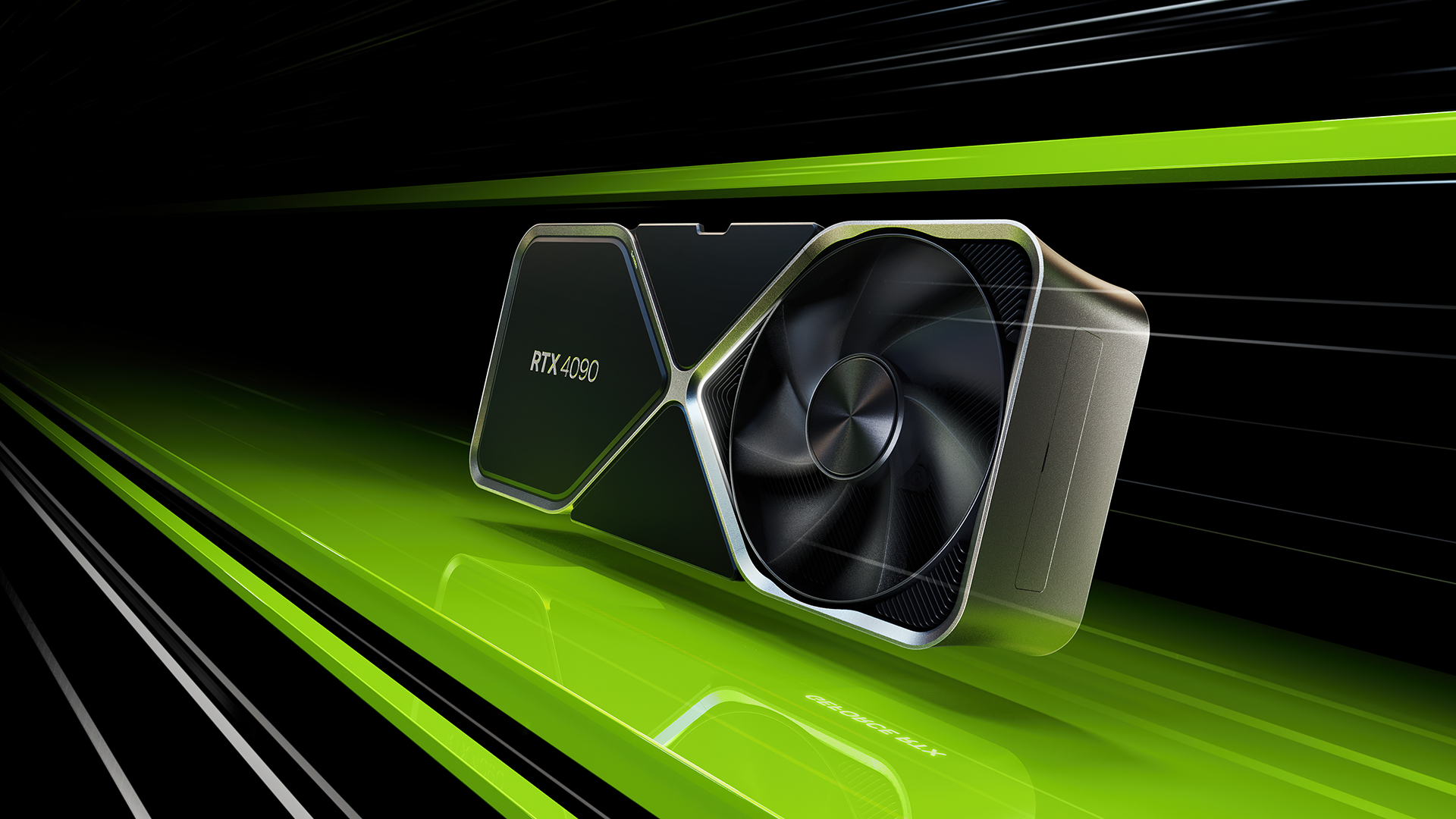Nvidia’s RTX 5000 GPU Production Cut: What It Means for Gamers and Tech Fans

Rumors are swirling that Nvidia, a leading name in graphics cards, might cut production of its RTX 5000 series GPUs by 20-30%. This could lead to higher prices by September 2025. For gamers and tech enthusiasts, this news raises questions about availability and costs. Let’s dive into what’s happening, why it matters, and how it could affect you.
Why Is Nvidia Cutting Production?
Nvidia’s RTX 5000 series, launched in January 2025 at CES, includes powerful GPUs like the RTX 5090 and RTX 5070. Reports suggest Nvidia is reducing production to focus on making AI chips, which bring in more money. A post on X by @Jukanlosreve on May 30, 2025, mentioned that Nvidia might cut RTX 5000 supply to prioritize AI chips like the GB200 and GB300. This shift could limit the number of GPUs available for gamers.
Another reason for the cut might be to keep prices high. When supply drops, demand can push prices up. For example, in May 2025, RTX 5000 stock increased, and some prices fell below the suggested retail price. Nvidia may want to avoid this to maintain profits.
Key Reasons for the Production Cut
- Focus on AI Chips: Nvidia earns more from AI chips, with their data center segment making $39.1 billion last quarter compared to $3.8 billion from gaming.
- Price Control: Reducing supply can prevent prices from dropping too low.
- Manufacturing Costs: Making GPUs at TSMC’s U.S. plant is expensive, increasing costs for materials and logistics.
Pros and Cons of the Production Cut
| Pros | Cons |
|---|---|
| Higher profits for Nvidia from AI chips | Fewer GPUs available for gamers |
| Maintains premium pricing for RTX 5000 | Potential price hikes by September 2025 |
| Frees up production for high-demand AI products | Limited options for budget-conscious buyers |
How Will This Affect GPU Prices?
If Nvidia cuts production by 20-30%, as rumored, fewer RTX 5000 GPUs will hit store shelves. This could drive prices up, especially for high-end models like the RTX 5090, which already costs $1,999. A report from Tom’s Hardware noted that GPU prices rose 5-10% in May 2025 due to higher manufacturing costs and tariffs. For example, the RTX 5090’s price in some regions jumped from $90,000 to $100,000 overnight.
For gamers, this means buying a new GPU might get tougher. Back in 2021, I saved up for months to buy an RTX 3080, only to find it sold out everywhere due to shortages. This feels like déjà vu. If prices climb by September, budget gamers might struggle to afford models like the RTX 5070, priced at $549.
Price Impact Breakdown
- High-End GPUs: RTX 5090 and 5080 may see the biggest price jumps.
- Mid-Range GPUs: RTX 5070 and 5060 could become harder to find at MSRP.
- Scalping Risk: Limited stock might lead to resellers charging double the original price.
What Does This Mean for Gamers?
Gamers might face a tough choice: buy now or wait and hope for better stock. The RTX 5000 series offers big upgrades, like GDDR7 memory and AI-powered DLSS 4, which boosts game performance. But with fewer GPUs available, you might not find one at a reasonable price. For instance, the RTX 5070 can outperform the older RTX 4090, but only if you can get one.
If you’re a casual gamer, sticking with older models like the RTX 4060 might be smarter. These are still in production and often cheaper. A friend of mine recently upgraded to an RTX 4060 and runs games like Cyberpunk 2077 smoothly. Waiting until late 2025 or 2026 could also bring new models, like the rumored RTX 5080 Super.
Tips for Gamers
- Check retailers like Best Buy for stock updates regularly.
- Consider last-gen GPUs for better value.
- Watch for sales events like Prime Day to snag deals.
Could AMD or Intel Save the Day?
With Nvidia’s supply shrinking, competitors like AMD and Intel might step up. AMD’s Radeon RX 9000 series, launched in March 2025, targets mid-range gamers. The RX 9060 XT, for example, could be a budget-friendly alternative to Nvidia’s RTX 5060. Intel’s Arc B580, priced at $249, is also gaining traction for 1440p gaming.
However, AMD and Intel face their own challenges. AMD’s high-end GPUs don’t match Nvidia’s RTX 5090, and Intel’s drivers still need work. Still, more competition could push Nvidia to rethink its strategy or lower prices later.
Comparison of GPU Options
| Brand | Model | Price | Best For |
|---|---|---|---|
| Nvidia | RTX 5090 | $1,999 | High-end gaming |
| AMD | RX 9060 XT | ~$566 | Mid-range gaming |
| Intel | Arc B580 | $249 | Budget 1440p gaming |
What’s Next for Nvidia and the GPU Market?
Nvidia’s focus on AI chips shows where the tech world is heading. AI is booming, and companies like Nvidia are cashing in. But this shift might leave gamers feeling left behind. By September 2025, we could see higher prices and longer waits for RTX 5000 GPUs. Rumors also hint at new models, like the RTX 5060 Ti, launching in April 2025, which could ease supply issues.
For now, staying informed is key. Follow tech news, check retailer sites, and consider your budget before buying. The GPU market is always changing, and patience might pay off.





